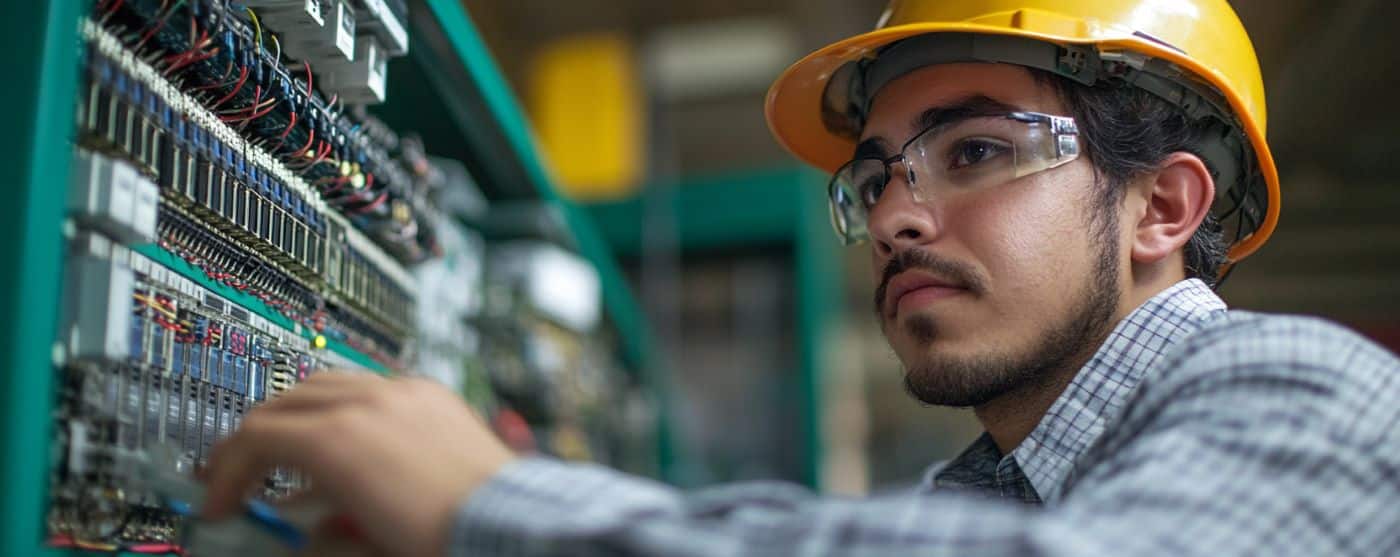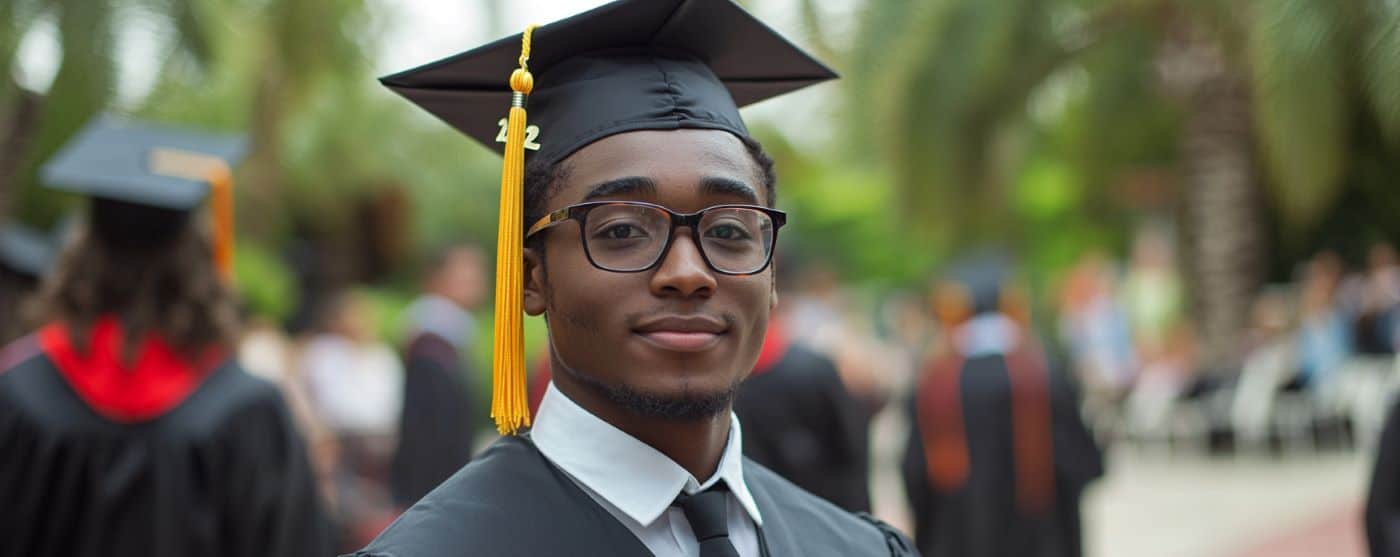
What is an Aerospace Engineer?
Aerospace engineers research, analyze, design, synthesize, develop and test aircraft, spacecraft and weapons. Aerospace engineers who focus on aircraft are called aeronautical engineers; those who concentrate on spacecraft are called astronautical engineers.
They are essentially concerned with the aerodynamic properties of flight vehicles, such as airfoil, control surfaces, lift and drag.
Aerospace engineer can specialize in areas such as structural design, propulsion, navigation, guidance and control systems, communications or defense systems.
They may also specialize in a particular type of equipment, including commercial and military planes and jets, helicopters, space shuttles, satellites, space vehicles, missiles or or combat aerial vehicles.
Aerospace engineers can develop a special expertise in aerodynamics, thermodynamics, celestial mechanics, propulsion, acoustics, avionics or guidance and control systems.
High School Preparation
Prospective engineering students should take as many classes as possible in algebra, geometry, trigonometry and pre-calculus, physics and chemistry because these subjects are critical to understanding the core concepts of aerospace engineering. Because engineers also need effective and written communications skills, students should not overlook language arts classes, such as writing and speech.
Young aerospace engineering graduates have said that they took many Advanced Placement or college classes as in high school to prepare for university engineering coursework.
Aerospace Engineering Education and Training
Associate Degree in Aerospace Engineering
There are small number of schools that offer associate degrees in aerospace engineering, but they usually reserve those degrees for engineers who have degrees in related fields, such as mechanical, electrical or computer engineering. Generally, the aerospace industry prefers job seekers with four-year Bachelor of Science degrees.
Bachelor of Science Degree in Aerospace Engineering
There are only a handful of universities accredited by the Accreditation Board for Engineering and Technology in the United States that offer aerospace engineering degrees. Aerospace engineers take two years of calculus, differential equations, physics and chemistry and two years of engineering coursework. Aerospace engineering students can expect to see the following engineering courses in their university’s curriculum:
- Statics
- Dynamics of aerospace systems
- Control of aerospace systems
- Aerodynamics
- Thermodynamics
- Flight software systems
- Aerospace instrumentation and experimentation
- Aerospace structures
- Aircraft flight dynamics
- Space flight dynamics
- Vibration and elasticity
- Aircraft propulsion and power
- Space navigation and guidance
- Space propulsion and power
- Aeronautical systems design
- Space systems design
In terms of career choices, the aerospace field is projected to grow 5% between 2010-2020 according to the Bureau of Labor Statistics (BLS). Aerospace engineering majors can choose variety of career paths, including positions in scientific research, engineering design and development, field service, management, marketing, software development and teaching.
The two main branches of aerospace engineering degrees are aeronautics and astronautics. Some universities have curriculum’s that embrace both areas, while others separate the two fields and offer degree programs in either aeronautics or astronautics. Aerospace engineering majors should be prepared to engage in a significant amount of actual design and implementation in addition to coursework.
In addition, students should seriously consider learning Russian, Japanese or German because many people of these nationalities are deeply involved in the development of spacecraft components.
Aerospace Engineering Education Options After Earning a Bachelor’s Degree
Graduate students seeking a master’s in aerospace engineering or doctorate degrees to augment their undergraduate or graduate education can take advanced courses in:
- Aerodynamics and fluid mechanics
- The study of air flow over a body, such as the wings on an aircraft or spacecraft.
- Aeroelasticity and structural dynamics
- The study of how inertial, elastic and aerodynamic forces interact.
- Flight mechanics and control
- The study of how forces affect a flight vehicle, how it responds to those forces and how to modify the vehicle to achieve the desired goals.
- Propulsion and combustion
- The study of creating mechanical power using internal combustion engines, jet engines, turbomachinery, propellers, wings, fins, and wheel and axles to generate force causing motion.
- Structural mechanics and materials behavior
- The study of the stress and strain on the components of a flight vehicle.
- System design and optimization
- The study of the application of algorithms to improve the performance, weight, reliability and/or cost of aircraft and spacecraft systems.
Colleges
Ranked in 2012 by U.S. News and World Report, the top U.S. universities with master of science degree programs were:
- Stanford University
- California Institute of Technology
- Massachusetts Institute of Technology
- Georgia Institute of Technology
- University of Michigan (Ann Arbor)
There are a few premier universities like Georgia Institute of Technology and Purdue University that offer online master’s degrees in aerospace engineering. The graduate student can study at their convenience, apply classroom lessons at their job and satisfy the same academic standards as if they were on campus.
In 2009, U.S. News and World Report rated Massachusetts Institute of Technology, Georgia Institute of Technology and University of Michigan as the top three U.S. universities that grant doctorates in aerospace engineering.
Salary & Job Outlook for Aerospace Engineers
In 2010, those with a Bachelor’s degree earned an average of $97,500 according to the U.S. Bureau of Labor Statistics (BLS). Between 2010 and 2020, the BLS expects a five percent growth in jobs. Because some aerospace engineers work on projects connected to the United States’ national defense, they must pass a background check and qualify for security clearances. These requirements will serve to keep defense jobs in the United States.
Aerospace Engineering Certification, Licensure and Associations
There are no specific licenses required for aerospace engineers. Employers hire aerospace engineers based on their academic credentials. Licensing and certification is limited for equipment designed and developed by aerospace engineers. For the most part, these certifications are given by the Federal Aviation Administration or NASA.
Other aerospace engineering associations are the Aerospace Industries Association and the American Institute of Aeronautics and Astronautics, Inc.



